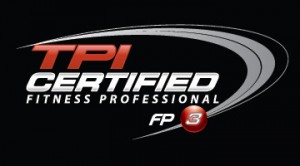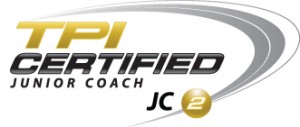Titleist Performance Institute


The Titleist Performance Institute is the leading source of golf conditioning in the world.
This is a three level education course designed to teach fitness professionals how to identify and overcome any physical restrictions that are limiting your student’s potential. Each workshop features the latest in golf-specific health and fitness, from golf swing biomechanics, to physical screening techniques, to exercise prescriptions, to the most recent research and development in the field of golf swing analysis.
The C.H.E.K System of Golf Conditioning
The C.H.E.K System is designed to address golf-specific conditioning needs and in doing so, improve performance and reduce the risk of injury. Using detailed assessments and personalized programming, the individual issues of each client can be identified and addressed. A C.H.E.K Golf Performance coach is trained to:
Assess the golf swing from a biomechanical and postural point of view.
Test a client’s flexibility and apply the correlating stretches.
Use the Flexibility-Stability-Strength-Power conditioning progression to optimally improve golf performance and much more!
The C.H.E.K High Performance Exercise Kinesiology Level II Certification
C.H.E.K Practitioner Level 2’s learn how to identify red flags as a necessary system of preventing injury through exercise. C.H.E.K Practitioner Level 2’s learn spinal biomechanics, neurological screening, essential orthopedic screening tests, length/tension assessments, corrective stretching, specific corrective exercise technologies, and how to refer to allied medical practitioners.
Advanced level postural assessment using goniometric technology gives the C.H.E.K Practitioner Level 2 the ability to design highly specific corrective exercise programs. The C.H.E.K Practitioner Level 2 is an invaluable addition to any medical practice treating work, sports, and recreational orthopedic injuries. They are also key contributors to the professional sports medicine and conditioning teams.
Level 2 C.H.E.K Practitioners can:
1. Learn how to perform a goniometric assessment of posture and relevant joint range of motion.
2. Learn to perform an effective screening of each individual, ruling out any red flags through careful examination of medical history, orthopedic assessment, and length/tension assessment.
3. Learn specific corrective exercise for effective spinal or core stabilization.
4. Learn to design corrective exercise programs.
